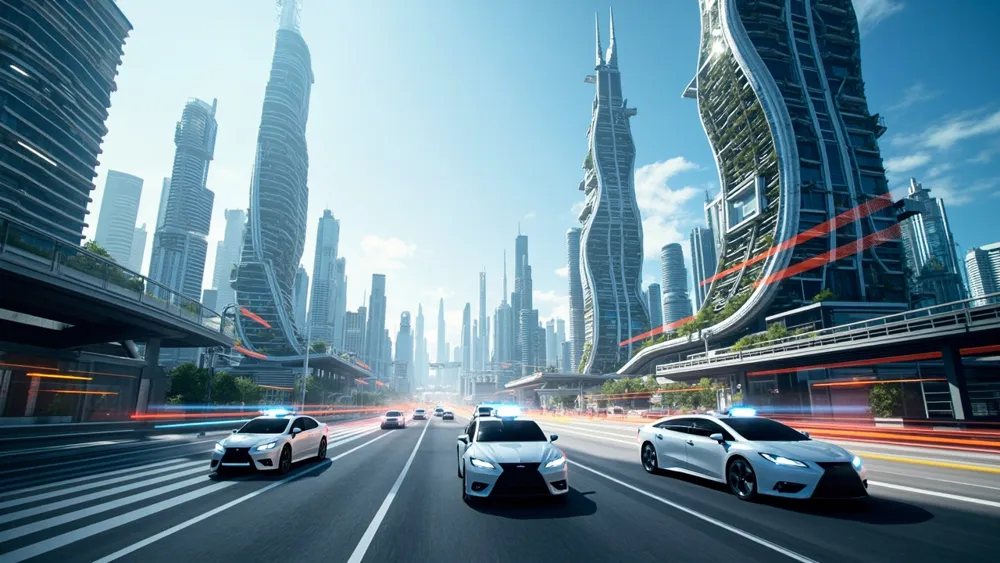The Rise of Driverless Taxis: Revolutionizing Urban Mobility and Safety

The impending trials of driverless taxis in the UK signify a monumental shift in urban mobility and the evolution of transportation technology. As cities grapple with issues like traffic congestion and environmental impacts, the introduction of autonomous cars offers potential solutions. This innovation not only aims to enhance the efficiency of ride-hailing services but also has broader societal implications, such as job creation and safety enhancements. For urban environments increasingly burdened by rising populations and transportation demands, understanding how driverless taxis fit into this landscape is crucial.
Driverless taxis, or robotaxis, rely on advanced artificial intelligence and an array of sensors to navigate and respond to their environment without human intervention. These vehicles utilize technologies like lidar, radar, and cameras to build a comprehensive understanding of the road, detecting obstacles and making real-time decisions to ensure passenger safety. The UK trial, conducted in collaboration with the AI firm Wayve, promises to pave the way for commercial autonomous transport services. Recent changes in government regulations showcase a commitment to fast-tracking this technology's deployment, indicating growing confidence in its safety and efficacy. A trial in Austin, Texas, revealed that passengers could opt for these robotaxis without any difference in fare compared to traditional rides, suggesting a shift towards public acceptance of autonomous transport.
As illustrated by Wayve's London test, where a safety driver was present but inactive, the technology is advancing rapidly. The vehicle adeptly handled complex scenarios, such as navigating through cyclists and pedestrians, proving that controlled environments are becoming safer for automated vehicles. However, as anticipated, the discourse also highlights potential job displacement in the transport sector, raising vital questions about the future of work and employment in an increasingly automated world. While studies suggest that driverless cars may result in fewer accidents than their human counterparts, incidents involving robotaxis, such as accidents or technical malfunctions, highlight the importance of continuous testing and public discourse around safety. The balance between innovation and social implications remains an ongoing conversation.
Read These Next

Optical Grating Breakthroughs: Harnessing Light's Power
This article explores the breakthroughs in optical grating technology, explaining its principles and showcasing its significant applications in laser technology and precise measurement tools.

OpenAI Reports $10B Revenue, Targets $125B by 2029
OpenAI has announced a substantial revenue growth to $10 billion, with expectations to reach $125 billion by 2029, driven by its consumer products like ChatGPT and a growing base of commercial clients. This highlights OpenAI's dominance in the AI landscape, but also the challenges it faces in talent acquisition and competition.

China's New Regulations on Live Broadcast E-commerce
Analysis of the draft regulations for live broadcast e-commerce released by China's National Market Regulation Administration, highlighting their significance, potential impacts on the market, and implications for stakeholders.
